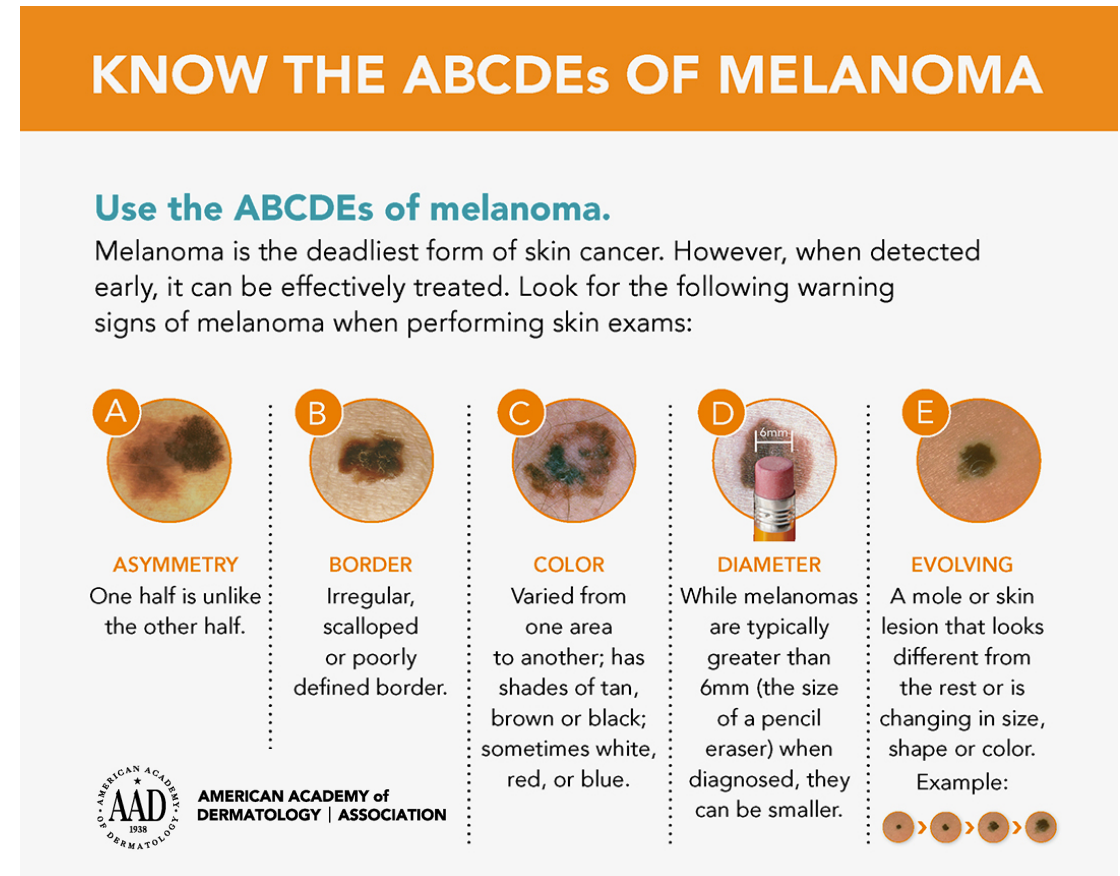Skin cancer continues to be the most common type of cancer in the United States. At least one in five Americans will develop skin cancer by the age of 70. More people are diagnosed with skin cancer annually than all other cancers combined, and nearly 10,000 people are diagnosed with skin cancer daily.
Basal cell carcinomas are the most common type of skin cancer, with over four million cases diagnosed annually. People with lighter skin tones are at higher risk of developing basal cell carcinomas. These lesions typically arise on sun-exposed areas of the body like the face, ears, neck, chest, scalp, and extremities. They may appear as bumps on the skin that are pink, pearly, translucent, and may have rolled borders. Although basal cell carcinomas are rarely life-threatening, early detection can prevent further tissue destruction and disfigurement.
Actinic keratoses are considered pre-malignant lesions that also appear on sun-exposed areas of the skin. They increase with age and are a result of cumulative lifetime sun exposure. These lesions are typically flat and scaly. The client may point out “rough” lesions that sometimes feel sensitive or tender. These lesions can be easily treated by dermatology providers with cryotherapy or field therapy with a topical cream. When left untreated, actinic keratoses may evolve into squamous cell carcinomas.
Prevention and adjuvant treatment of actinic keratosis and non-melanoma skin cancer
Squamous cell carcinomas are the second most common skin cancer, with over one million cases diagnosed annually. They commonly appear as scalier and crustier bumps on the skin but may also appear as ulcerated nodules. The spot maybe tender, itchy, and bleeds easily. Squamous cell carcinomas have the potential to evolve rapidly and, if left untreated, can metastasize into local lymph nodes.
Melanomas are the third most common skin cancer following basal and squamous cell carcinomas, but they are by far the most aggressive and deadliest if not detected early. Cumulative exposure to ultraviolet radiation in the form of sunlight or tanning beds is a major risk factor for the development of melanomas. Therefore, they tend to appear on sun-exposed surfaces and most commonly appear on the legs of women and on the trunk of men. However, melanomas can also appear in places “where the sun doesn’t shine,” like the mouth and the soles of the feet.
The ABCDEs are a simple way to screen for warning signs of melanoma.
Asymmetry seen in a lesion may be an early warning sign of melanoma. Attention should be paid to moles where one half looks different from the other half.
Border irregularity, such as jagged, notched, blurred, or scalloped edges in a mole should warrant further evaluation. Moles that are benign typically have smooth borders.
Colour variation within the same mole is another warning sign. Although there is no specific color that is particularly worrisome, a single mole that has multiple colors may be an early sign of melanoma. Benign moles usually maintain an even color throughout.
Moles with a diameter greater than six millimeters, or larger than a pencil eraser, are concerning.
If a mole evolves, or changes color, size, shape, or elevation, then further evaluation is warranted. Benign moles typically remain the same over time.
If you have had years of extensive sun exposure, use of tanning beds, multiple sunburns, or have a family history of skin cancer you should examine your skin regularly and have annual skin cancer screenings performed by a dermatologist.
by Dr. Alpesh Desai
